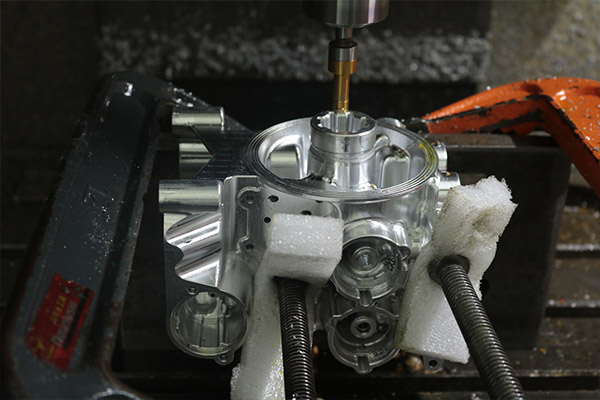Get in touch.
Dear,I will reply in 12 hours. All your message are protected!
Rapid Prototyping Services, Professional manufacturer of CNC Prototyping and 3D Prototyping in China.
CNC (Computer Numerical Control) machining is a precise manufacturing process used to create intricate curved components in various industries. When it comes to machining curved surfaces, achieving a smooth finish is essential for both aesthetic appeal and functional performance. In this article, we will explore techniques and best practices for CNC machining of curved components, providing valuable insights to optimize your machining process and achieve impeccable surface smoothness.

1.CAD Model or Technical Drawing:
Start with a well-defined CAD (Computer-Aided Design) model or technical drawing that accurately represents the curved surface to be machined. Ensure that the dimensions, radii, and tolerances are clearly specified. This serves as the foundation for programming and machining the curved component accurately.
2.Tool Selection:
Choose appropriate cutting tools for machining curved surfaces in CNC. Consider the material being machined, the desired surface finish, and the curvature of the surface when selecting the tool geometry, size, and material. Carbide end mills or ball nose cutters with smaller diameters are commonly used for their ability to produce precise and smooth finishes on curved surfaces.
3.Toolpath Optimization:
Optimize toolpaths to achieve smooth surfaces in CNC machining of curved components. Utilize advanced CAM (Computer-Aided Manufacturing) software features to generate toolpaths that minimize sharp changes in cutting direction and optimize tool engagement. This helps reduce vibrations, control material removal, and minimize the chances of surface imperfections.
4.Cutting Parameters:
Optimize cutting parameters for machining curved components. Adjust spindle speed, feed rate, and depth of cut based on the material properties, tooling, and desired surface finish. Experiment with different cutting parameters to find the optimal balance between material removal and surface smoothness. Consider using smaller stepovers and slower feed rates for improved surface quality.
5.Finishing Operations:
Implement additional finishing operations to enhance surface smoothness. Consider using sanding, polishing, or buffing techniques to remove any remaining tool marks or imperfections. Manual or automated deburring processes can also be employed to ensure smooth edges and eliminate any sharp burrs.
6.Quality Control and Inspection:
Implement a rigorous quality control process to ensure the surface smoothness of machined curved components. Use precision measuring instruments such as surface profilometers, coordinate measuring machines
© 2005-2025 Shenzhen Tuowei Model Technologies Co., Ltd. | All Rights Reserved 粤ICP备11096697号